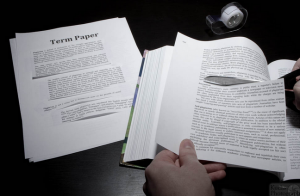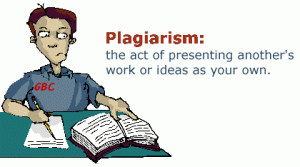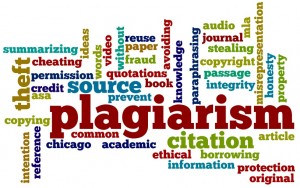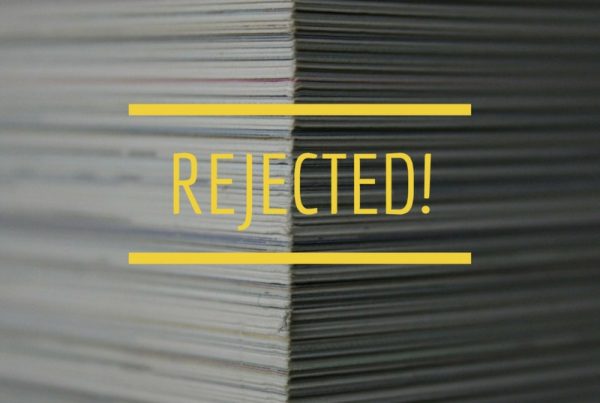3 Types & Consequences Of Plagiarism Committed By University Students
Many university or postgraduate research students don’t understand the types and consequences of plagiarism. Avoiding all types of plagiarism & patchwriting in academic research & second language writing is crucial. Having good academic English writing skills can help you getting published in journals or write a good thesis prior graduate. However, under certain conditions due to ignorance or carelessness, you tend to plagiarize. It is not because you do it on purpose, but you don’t understand or familiarize with the types of plagiarism.
Related: Top 11 Popular Recreation Sports And Other Leisure Activities In Malaysia
Many students tend to ask these questions:
-
How much plagiarism is allowed in thesis?
-
How much plagiarism is allowed in research paper?
-
What is an acceptable percentage of plagiarism?
-
What is the first step in avoiding plagiarism in academic writing?
You should know that you can’t bear the implications of plagiarism in academic research. Of course, different university has their range of percentage of plagiarism. But, it doesn’t mean you’re encouraged to plagiarize as far as within the range. You should try your best to write and explain using your own sentences. If you face difficulties, you can use the correct techniques to quote the original sentences. But, again, try to avoid it as much as possible. Well, the first step in avoiding plagiarism in academic research writing is to know and understand the 3 types of plagiarism as discussed below.
[button open_new_tab=”true” color=”extra-color-3″ hover_text_color_override=”#fff” size=”large” url=”http://www.edithumbs.com/product/academic-thesis-proofreading-editing-service/” text=”Error Free Thesis & Pass Your Viva With Minor Correction!” color_override=””]
3 Types Of Plagiarism
Theoretically, as far as you’re copying directly from someone else and presenting as your own work without giving right credit, you’re plagiarizing. Plagiarism can occur in computer program, music, graphic, presentation, blog, and academic writing. However, we’ll focus more on plagiarism in academic research writing. In academic writing, there’re several types of plagiarism that you might practice now without noticing it. The 3 types of plagiarism that generally occurred in academic research writing are shown below:
 1. Direct or Word-for-Word Plagiarism
1. Direct or Word-for-Word Plagiarism
It involves the action of copying word by word without acknowledgement and quotation marks. An example is shown below (underline indicate plagiarism):
Original Source: “In this age of globalization, natural gas still considering as crucial energy resource compared to other fuels. Presently, natural gas still relying mainly on pipelines for their transportation from original source to the final customers.” [1]
[1] Chiong, S. J. (2015). Natural Gas: Energy Resources. New York: McGraw-Hill.
Student A: Recently, natural gas still considering as the crucial energy resource compared to other fuels. We can’t deny that natural gas still relying mainly on pipelines for their transportation from original source to the final customers.
2. Mosaic or Patchwork Plagiarism
You’re involving in mosaic plagiarism if you change words or phrases from an original source without using quotation marks, or just using synonyms while maintaining similar meaning
and sentences structure. For instance (underline indicate plagiarism):
Student A: Natural gases are seeing as the vital energy resource compared to other fuels. We can’t deny that natural gas still depend on pipelines for their transportation from the source to the consumers.
Related: 11 Best Popular American Series To Watch To Learn & Improve English Language Learners Listening & Speaking Skills In Malaysia
 3. Self-Plagiarism
3. Self-Plagiarism
It occurs when you’re submitting the same or part of the thesis or research paper, without permission to different parties.
An example of writing without plagiarizing is shown below:
In this 21st century, even though many renewable energy have been emerged, we can’t neglect the importance of natural gas to the humankind. Survey by Chiong (2015) revealed that pipelines are the only facility used to transport natural gas “from original source to the final consumers” as pipelines is the most economical compared to other approaches.
Why this is a good writing & does not plagiarize?
Reason: The writer implements quotation marks and citing the source. Besides, the writer has modified Chiong’s language and sentences structure. This is done by adding some elaboration or opinion, which is relevant to the content.
[button open_new_tab=”true” color=”extra-color-2″ hover_text_color_override=”#fff” image=”default-arrow” size=”large” url=”http://www.edithumbs.com/product/journal-proofreading-editing-services/” text=”20% Off-Get Published In A Journal!” color_override=””]
Consequences Of Plagiarism
In academic writing, plagiarism definitely is not a good option and should be avoided as much as possible as it can bring the following consequences:
- Destroy the academic or professional reputation

- Face the legal repercussions
- Expel from academic or research institution
- Can’t graduate on time or may expel from the university
- Fail to publish in journals
Plagiarizing shouldn’t be the only solution if you’re not good in English language and grammar. If you’re not confident with your own work, there are many editing and proofreading services available to help you especially in language and grammar part. So, try your best to write by your own using correct techniques such as paraphrasing, adding citation, and include quotation marks if necessary without plagiarizing other’s people work. You also can plagiarism checker free online software for plagiarism detection.
Related: 3 Tips To Use Your Voice As A Speaking Communication Tools When Making An Oral Research Presentation Or Public Speaking
You should know the types & consequences of plagiarism. How to improve academic English writing skills when you’re non-native English speaker? Leave your thought here!



